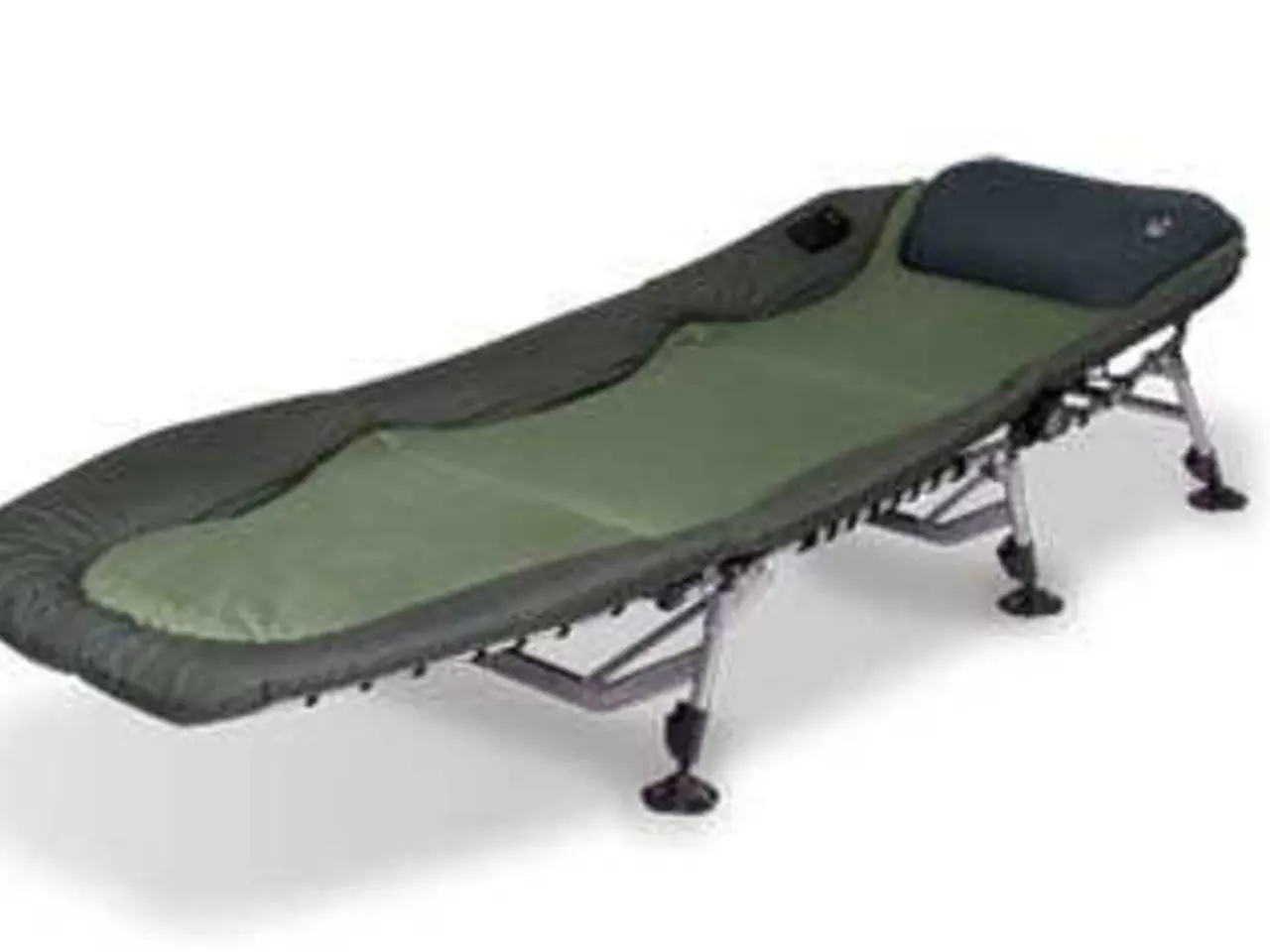Symphysis Pubis Disorder: Manifestations and Remedies
Pregnancy can be a challenging time for many women, and one condition that can cause significant discomfort is Symphysis Pubis Dysfunction (SPD). This condition, which affects the pelvic joints, can lead to pain, difficulty walking, and significant discomfort.
Certain factors may increase the risk of developing SPD during pregnancy, including having overweight or obesity, having a history of lower back pain, experiencing pelvic pain in a previous pregnancy, and having an injury to the pelvis.
Fortunately, there are effective home remedies for managing SPD during pregnancy. These remedies focus on relieving pelvic discomfort, improving joint stability, and reducing muscle tension.
Targeted strengthening and gentle stretching exercises are a key part of managing SPD. Strengthening the pelvic floor, abdominals, and hip stabilizers can provide support to the pelvic girdle. Gentle stretches such as adductor and hamstring stretches, slow hip rotations, and side-lying "frog" poses on a yoga mat help ease muscle pressure around the symphysis pubis.
Prenatal yoga and gentle water aerobics can also be beneficial. These activities leverage buoyancy to reduce pelvic pressure and improve flexibility. Specific prenatal yoga poses can be adapted for comfort during SPD.
Sleep position adjustments can also help manage SPD symptoms. Placing a pillow between the knees while sleeping, especially lying on the side, helps distribute pelvic pressure and soothes the symphysis pubis.
Movement hygiene is also important. Avoid crossing legs when sitting, stand up and sit down slowly, and switch positions gently to prevent sudden stress on the pelvis. Frequent position changes prevent stiffness and reduce pain.
Wearing a pelvic or maternity support belt during the day provides extra stabilization and reduces joint strain. Adjustable belts that accommodate the growing abdomen are preferable.
Heat and cold therapy can also be used to manage SPD symptoms. Applying warm compresses or heat packs relaxes muscles, while cold packs reduce inflammation. These can be alternated as needed but should be used safely and moderately.
Balancing rest with gentle movement throughout the day is also important. Dividing tasks into smaller segments and taking breaks helps manage pain levels.
Professional guidance is essential when managing SPD during pregnancy. Consulting a physical therapist familiar with maternal health can help tailor exercises and movement strategies, enhancing safety and effectiveness.
It's important to note that while these remedies can help manage SPD symptoms, they should always be discussed with a healthcare provider before starting any new treatments.
SPD can also occur outside of pregnancy as a result of arthritis or pelvic injuries. Soft tissue therapy, including chiropractic care, may improve pelvic joint stability and positioning. Over-the-counter and prescription pain relievers may help alleviate SPD symptoms, but their safety during pregnancy should be discussed with a healthcare professional.
Treatment helps decrease pain and improve mobility for individuals with SPD. However, severe pelvic pain and instability can interfere with mobility and daily activities, and may lead to emotional issues such as irritability, guilt, upset, frustration, social isolation, and pain medication abuse.
Prevention of SPD during pregnancy may involve maintaining a moderate body mass index (BMI). The pelvic tilt exercise can potentially provide pain relief for SPD, involving lying down, tightening stomach and gluteal muscles, holding for 5-10 seconds, and repeating 10-20 times.
A study found that regular use of a pregnancy support belt can reduce pelvic pain in pregnant women with SPD. SPD is most commonly caused by pregnancy, due to changes in the body's center of gravity and the release of the hormone relaxin.
In people with SPD, the ligaments become stretchy or relaxed, causing instability and discomfort in the pelvic joint. Wearing a pregnancy support belt can provide short-term pain relief and maintain correct pelvic alignment.
References: [1] American Pregnancy Association. (2021). Symphysis Pubis Dysfunction. Retrieved from https://americanpregnancy.org/pregnancy-complications/symphysis-pubis-dysfunction/ [2] Mayo Clinic. (2021). Symphysis pubis dysfunction. Retrieved from https://www.mayoclinic.org/diseases-conditions/symphysis-pubis-dysfunction/symptoms-causes/syc-20356090 [3] WebMD. (2021). Symphysis Pubis Dysfunction. Retrieved from https://www.webmd.com/baby/symphysis-pubis-dysfunction [4] What to Expect. (2021). Symphysis Pubis Dysfunction. Retrieved from https://www.whattoexpect.com/pregnancy/symphysis-pubis-dysfunction/
- Science has discovered that certain medical-conditions and chronic-diseases, such as chronic lower back pain, increased weight, and pelvic injuries, can increase the risk of developing Symphysis Pubis Dysfunction (SPD) during pregnancy.
- In the realm of health-and-wellness, targeted exercises, including prenatal yoga, gentle water aerobics, and specific stretches, can help manage SPD symptoms by providing support to the pelvic girdle, reducing muscle tension, and improving joint stability.
- While managing SPD during pregnancy, it's crucial to seek professional guidance from a physical therapist who specializes in women's health to tailor exercises, movement strategies, and discuss safety concerns related to the use of over-the-counter or prescription pain relievers.
- SPD can also occur outside of pregnancy, for instance, as a result of chronic-diseases like arthritis or pelvic injuries. In these cases, soft tissue therapy, such as chiropractic care, can potentially improve pelvic joint stability and positioning.




